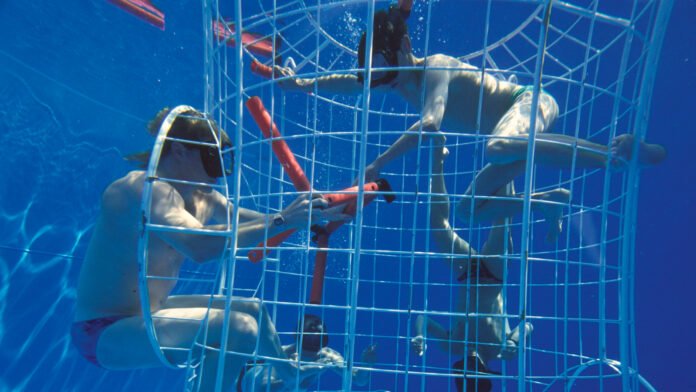Without gravity, your muscles don’t really need to work very hard. This may sound nice in theory — but there can be some pretty serious consequences down the line. For instance, astronauts’ muscles can start to weaken due to underuse within days of them leaving Earth.
Researchers at the University of Florida took a closer look at the issue, examining muscle microtissue samples from two groups of people: relatively young, active people and their older counterparts who live more sedentary lifestyles and therefore don’t have as much relative muscle mass. Then, they sent those samples to the International Space Station (ISS).
On Earth, muscle tissue samples from the younger group appeared about twice as strong as those from the older group. However, after researchers sent the samples into microgravity conditions on the ISS — via the SpaceX CRS-25 mission — they found that tissue from the younger group more closely resembled tissue from the older group. Furthermore, the team found that microgravity changed the protein content of muscle samples, decreasing levels in the younger group, and that microgravity altered gene expression in terms of how body strength is related to inflammation, mitochondrial dysfunction and cellular stress.
The importance of maintaining muscle mass is about more than aesthetics; adequate strength for your body is crucial for your body in terms of mobility, metabolizing glucose, pumping blood and maintaining the cardiovascular system and even in cognitive health. As we age, we naturally lose muscle as it becomes a little more difficult to build and maintain, making adherence to nutrient-dense diets and regular strength-building exercise particularly important.
It’s possible that, in the future, a new muscle-maintaining routine may include electrical stimulation, according to the new study’s authors. Muscle samples in the study were given little jolts of electrical pulses meant to stimulate what happens when you contract a muscle. Researchers surmised that electrical stimulation may prevent or reverse some of the gene-related changes to muscle they saw with the microgravity tissue experiment.
“This technology advancement offers insight into how we might preserve muscle health during long-duration space missions and ultimately, how to combat age-related muscle loss here on Earth,” lead researcher Siobhan Malany said in a press release published last week by the International Society for Stem Cell Research.
Given space travel’s heavy health impact on muscle mass and other crucial components of human health, including bone density, research has been underway to find innovative ways of mitigating health risks to humans. Some ideas include astronauts jumping for exercise as a way to prepare their body for space travel and drugs that may help astronauts repair muscles.


